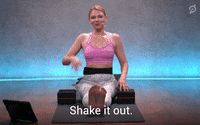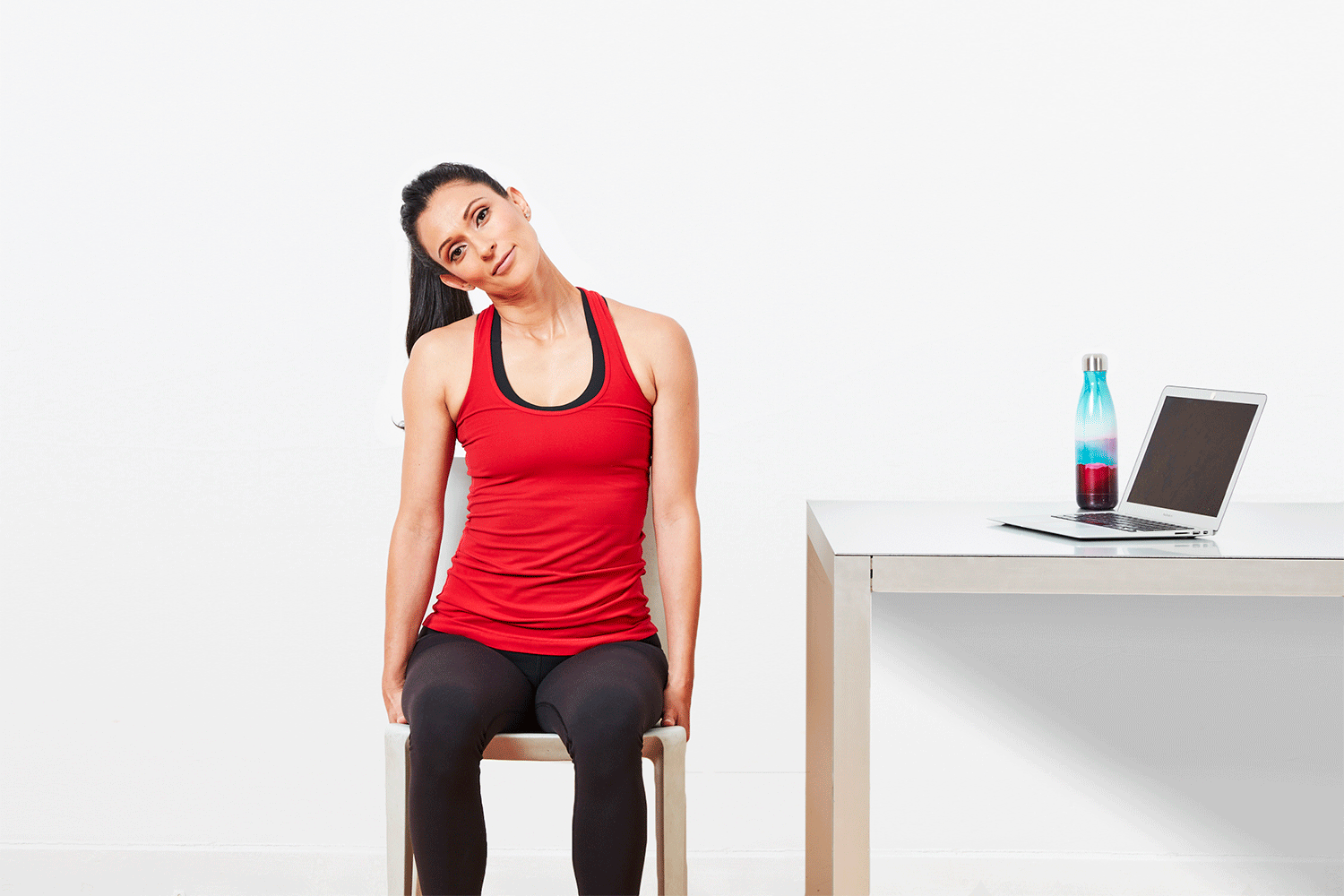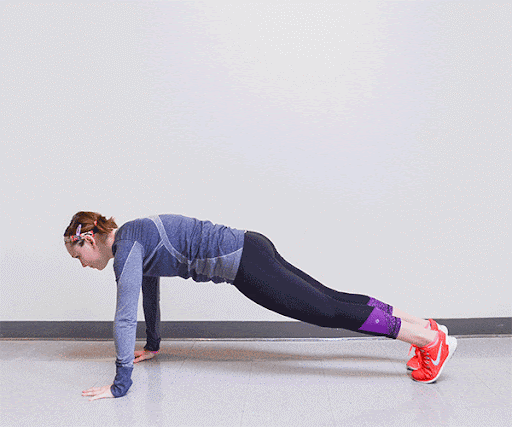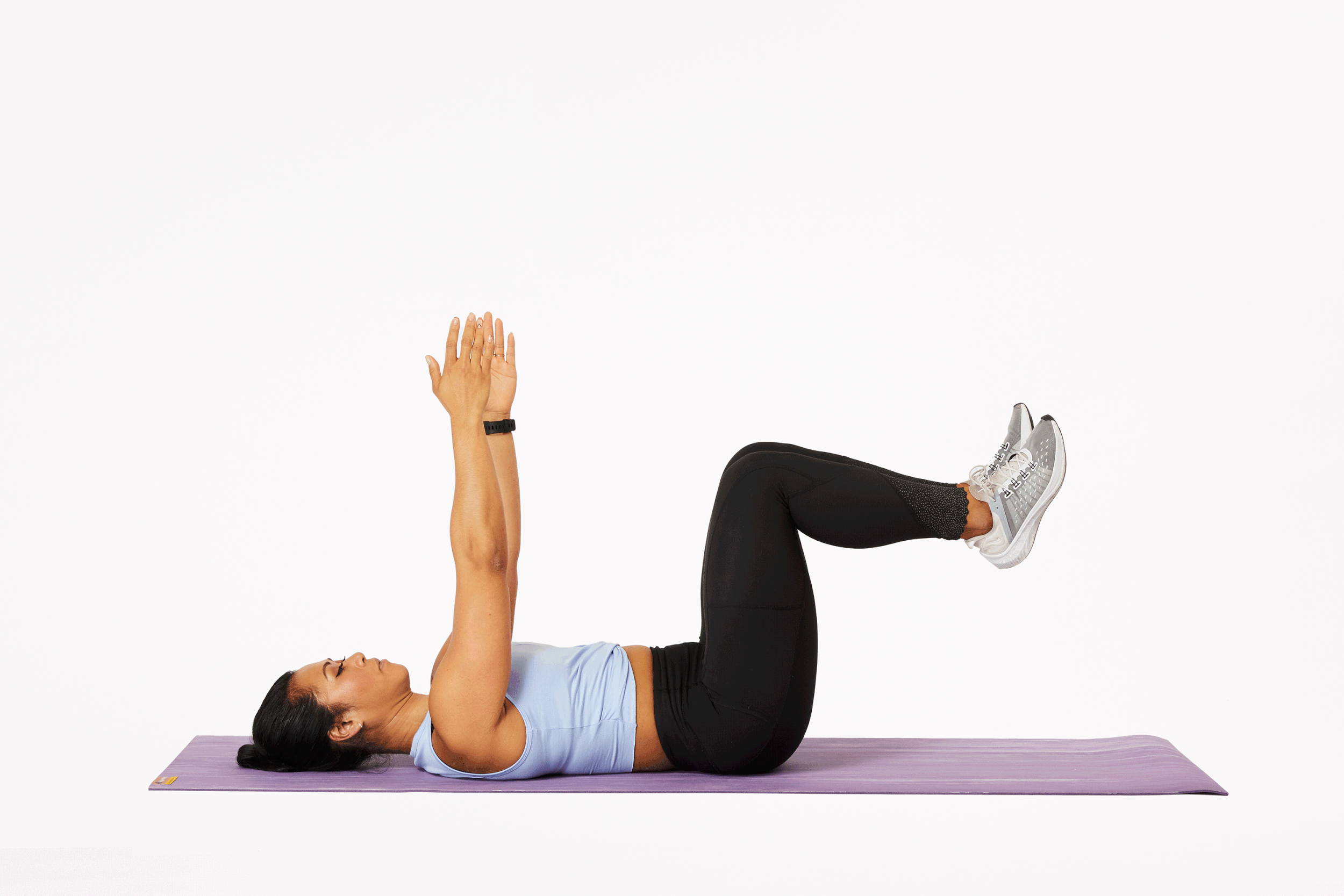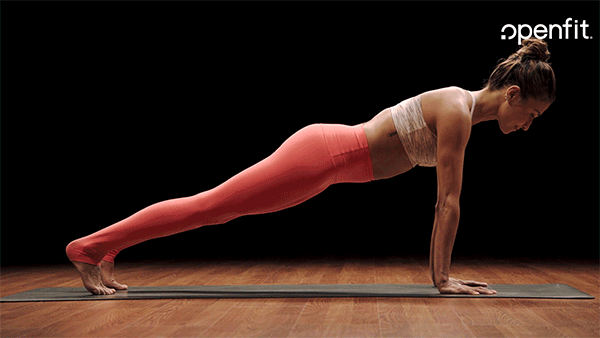Do you feel exhausted and sore, or maybe just exhausted at the end of each workday? Our work is often creatively exhausting, but it can be depleting physically too. If you’ve been at a desk all day, muscles can grow tired and exhausted from inactivity, leading to feelings of lethargy or spiritlessness. Taking a moment to move your body can give you more energy and can leave you feeling more energetic for your time outside of work.
A quick stretch pre and post work can help strengthen your muscles, keep your circulation flowing, and boost your creative energy to tackle the harder problems at work. I put together a routine of stretches targeting all your main muscle groups that you can easily do both before and after work. If any of these stretches feel uncomfortable or painful, stop immediately and consult a physical therapist.
Because it is your body, you can pick and choose to do any of these stretches based on what makes sense for you and your schedule. Consider this a backlog of exercises or stretches you can prioritize at your convenience and health. 😀
Shake It Out
Start off by shaking loose and rolling your arms, shoulders and legs. One of my favorite SoulCycle instructors taught me to really go for it and shake your arms starting as they hang at your hips and slowly shake them at an incline until they are raised at the top of your head, then repeat.
Neck
Our necks hold a lot of tension, particularly as the day progresses. Also, if you have a second monitor, your neck can tend to be tilted at an awkward angle for long periods of time during work. Neck stretches can mitigate the negative affect this tension can have on your overall health.
Neck Rolls
Tilt your head forward as far as you can (comfortably) and move it around, with the tip of your head doing a full circle around before returning to the starting position.
Do about 3 circles in one direction before alternating to the other side for another 3 circles.
Chin Tuck
Sit with both feet flat on the floor, back straight and shoulders back
Tuck your chin in without allowing your head to tilt forward or backwards
Hold for 10 seconds. Repeat 10 times.
Shoulder Rolls
Stand with feet shoulder width apart and arms hanging at to your sides.
Rotate your shoulders forward, making big circles, five times. Repeat in the opposite direction for another five circles.
Wrists & Fingers
Working with with on a keyboard all day will put strain on the hands and wrists and can cause problems over time, such as tendonitis and carpal tunnel syndrome.
Basic Stretches
Rotate your wrist up, down, and from side to side.
Stretch your fingers far apart, relax them, then stretch them again.
Stretch your thumb by pulling it back gently, holding it, and then releasing it.
Upside Down Hand
Reach your right arm out in front of you with the palm open wide.
Turn the palm down so that your fingertips are reaching down, towards the ground.
Use your left hand to pull your right fingertips and thumb down to stretch the palm and bottom of the wrist. Hold for a few counts, and then switch hands.
Bent Wrist
You can do the same stretch on your hands and knees or standing (using a stable countertop).
Line up your knees underneath your hips, then place your palms on the ground underneath your shoulders.
Turn the right hand to the right so that the fingers are reaching towards your knees and the wrist crease is reaching towards the front of the mat.
Lean back to feel a stretch in the back of the wrist, and hold for a few breaths. Then switch to the left wrist.
Hips
Particularly for those of us who sit (as opposed to stand) at their desks, our hip flexers tend to tighten and can become painful.
Figure Four Stretch
Using a counter (or lying on your back on the carpet or yoga mat), cross one ankle over your knee and lower into a sitting position. Gently apply pressure by pressing your hand down onto your inner thigh to enhance your stretch. You should feel the stretch in the outer thigh and hip of your crossed leg. Switch sides and do it again.
Seated Butterfly Stretch
Begin in a seated position with your legs in front of you. Grab your ankles and bring your feet closer to your groin. If needed, do this one leg at a time. Bring both feet together so the bottoms of your feet are touching. Continue to hold your ankles with your hands while using your elbows to press down on your knees. Apply gentle pressure to the knees so they get closer to the floor. Hold the stretch for 20-30 seconds before releasing and repeating if needed.
Core/Back
I included a lot of core work because your core is composed of some of the most important muscle groups in the body: It’s your center of gravity and it is involved in almost every movement you make while working. Some simple core exercises can help you strengthen your center of gravity and also mitigate those painful back aches that come with long haul sitting.
Plank Movements
Start in a plank position, with your wrists under your shoulders and your feet hip-width apart. If you cannot do a plan on your toes, you can come down to your knees, but make sure your knees are behind your hips to ensure you still retain tension in your core.
Hold for one minute (you can always scale up as you get stronger)
Shoulder Rocks
While in a plank, start to rock your body back and forth, slowly.
This will allow you to get into both your lower and upper core a bit more.
Repeat for one minute (you can always scale up as you get stronger)
Shoulder Taps
While in a plank, touch your left shoulder with your right hand and return to plank position.
Touch your right shoulder with your left hand and continue alternating sides until the set is complete.
Repeat for one minute (you can always scale up as you get stronger)
V-Up
Start by lying down on your back either on the floor or a mat.
Extend your arms behind your head and your legs straight out, with your feet touching.
Keeping your feet together and toes pointed, slowly lift your legs up at the same time as you lift your upper body. Reach for your toes with your hands and squeeze your abdominal muscles in.
Repeat for one minute (you can always scale up as you get stronger)
Dead Bug
Lie on your back with hands above you and feet up so your knees are at 90 degrees.
Straighten your leg until your heel is an inch from the floor, and lower the opposite arm so it's parallel to the floor.
Return to the start position, and repeat with the other leg and arm.
Repeat for one minute (you can always scale up as you get stronger)
Russian Twists
Go slowly, both for the challenge to your obliques but also as to not strain your back.
Leaning back with your hips pointing straight, twist to the right, center out, and then twist to the left. Both hip bones continue to point forward so you are twisting from the waist up.
Repeat for one minute (you can always scale up as you get stronger)
Legs
Plank to Pike
Start in a plank position, with your hands below your shoulders and your feet on top of sliders. (If you don’t have sliders, try plastic food container lids or use tea towels on a non-carpeted floor.)
As you move into the pike position, use your core to slide your feet toward your hands.
Slide back to the starting position and repeat. You will feel the stretch on the back of your legs.
Towel Hamstring Stretch
Sit on the floor with your legs straight in front of you.
Loop a towel around your foot (toward the center) hold the ends of the towel in each hand.
Slowly pull on the towel to lift your straight leg up. Be sure to keep your knee straight. The leg without the towel should remain flat on the ground.
Bring your leg up until a stretch is felt behind your thigh. You may also feel a stretch in your calf. #bonus
Hold for up to 30 seconds, and then relax your leg down.
External Resources
https://www.tinypulse.com/blog/sk-stretches-for-work
https://uwaterloo.ca/campus-wellness/blog/post/desk-stretches
https://www.ansellchiropractic.com.au/5-best-neck-exercises-to-do-at-home/

